- Owings Mills: (443) 394-9222
- Marriottsville: (443) 545-5566
Menu
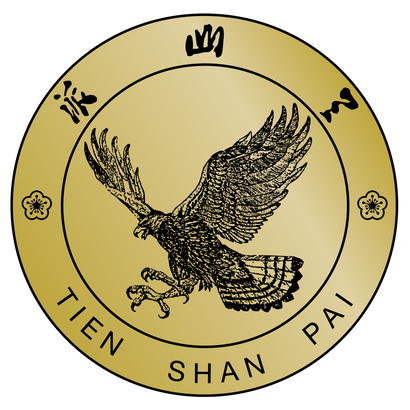

THE ROLE OF BALANCE AND COORDINATION IN CHINESE MARTIAL ARTS
January 02, 2023 2 min read
In sports, balance is described as the ability to stay in control of your body movement or to stay upright. Coordination is defined as the ability to move two or more parts of your body smoothly, efficiently, and under control.
As simple as both sound, they are in reality difficult for anyone without proper training.
Balance and coordination are vital parts of activities like sports, fighting in a ring, or even martial arts. They are important to martial arts because good balance, coordination, and stability can mean all the difference between avoiding a strike, winning or losing, or kicking power. By perfecting control of your balance and coordination, you experience vital benefits such as;
- Staying upright during offensive and defensive moves.
- Your core and muscles stay ready for any demands of movement, combat, and practice
- It helps to prevent injuries as good balance and coordination mean you won’t be easily swept off your feet. When you are, you can prevent injury by responding quickly and controlling your fall. For example, putting your hands out to protect yourself when you fall.
- Kicking or striking power in martial arts is increased with proper balance and coordination.
Developing the skill of age-appropriate balance and coordination allows you to take part in martial arts and enjoy success. It aids fluid movement for physical performances and helps to reduce the energy required for a task or lesson. For both kids and adults, this means less fatigue.
Thankfully, if you want to improve on your balance and coordination, you can do so as you engage in martial arts. You can also take up simple stretches and exercises that help you improve balance and coordination.
These balance training exercises include;
- Agility training or agility drills. These exercises are targeted at improving speed, power, and coordination. They help you work on better stability in martial arts during sparring or in self-defense situations. Examples of some martial arts agility drills are carioca, t-test, and river dance.
- Blossom pole training. Blossom pole training also known as Mei Hua Zhuang in Chinese helps students or practitioners to improve footwork, coordination, balance, leg strength, and more. Some martial arts schools use poles high off the ground to practice Mei Hua Zhuang, and others use short poles to help reduce injuries in case students fall.
- Air kicks or kicking paddles. Air kicks involve practicing kicks without a target- that is kicks in the air or using a lightweight kicking paddle. This training helps martial arts students concentrate on their balance and the technique.
- Bosu balls. We can describe Bosu balls as a regular round ball cut in half. Martial artists train with Bosu balls for balance and coordination by using the flat or curved sides.
- One-legged exercises. You’ve undoubtedly seen or heard of this one. Standing on one leg is a classic martial arts balance training. It can be done alongside other exercises to increase the difficulty.
Be sure to work with a trained martial arts instructor and see a doctor if you feel any pain or discomfort before you train.
Owings Mills: (443) 394-9222
Marriottsville: (443) 545-5566
What Others Say About us!
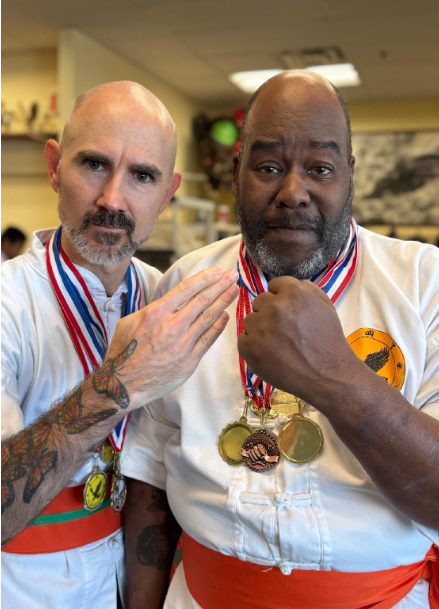
One of the Finest Chinese Martial Arts Schools in the Country
Some of the best competitors and teachers that I've ever met come from this fine school. It has a tradition of excellence in all they do. Grandmaster Huang, Chien-Liang and the US Kuo Shu Academy build champions with integrity.
Nelson Ferriera
Master Instructor for Zhong Yi Kung Fu Association
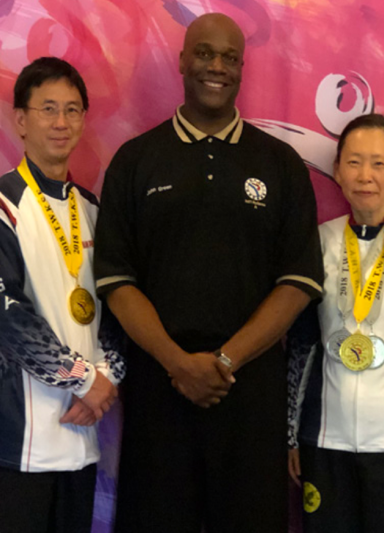
The School has Transformed my Life.
The school has transformed my life and made me a better man body and soul. It's really special to witness the transformation of the the youth at the school as well. The staff at the school really care about the students and each other. This is all so vital to our youth for they are the future of things to come.
Bruce Seward
Logistics Specialist
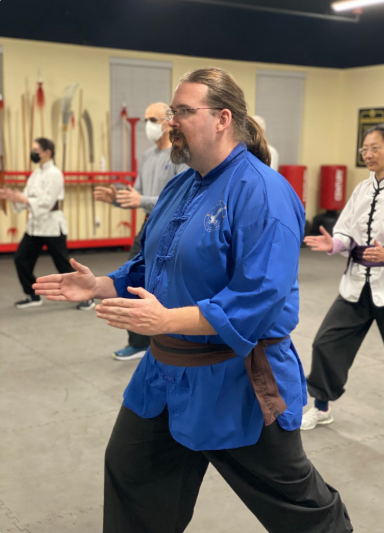
USKSA is not just a Chinese martial arts school, it’s a lifestyle
How lucky it was, that we stopped by USKSA. Instantly it becomes an irreplaceable part of life. And not just for my daughter, mine as well, since I became a student too. USKSA is not just a Chinese martial arts school, it is a lifestyle. It is a family. The school changed my life I can proudly say: I am a better person now, stronger (mentally and physically), even happier than I've been before I joined the USKSA. There is not enough good words to say. Thank you.
Alex Reznikov
Engineer at Alleviation Institute, LLC
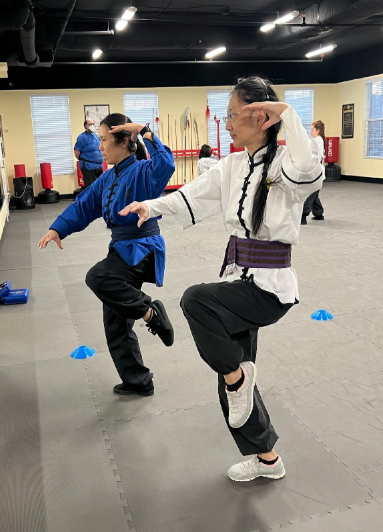
I am learning how to be a Better Person
I am proud to study at US Kuo Shu Academy for Three Main Reasons. The instructors provide superior quality teaching and have in-depth knowledge of martial arts principles The genuine passion for teaching authentic martial arts, The sincere attitude that permeates every class that I am not just learning how to be a better martial artist, I am learning how to be a better person.
Steve Smith
Owner of Mindful Healing Acupuncture
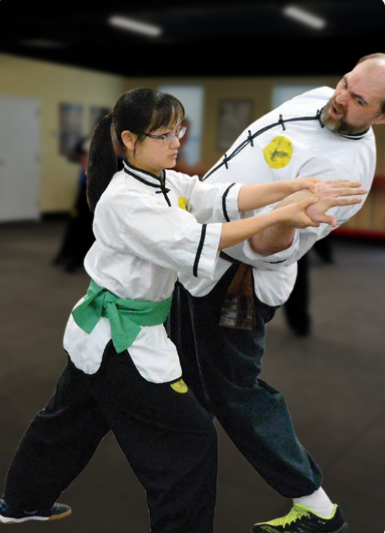
Made me healthier physically and mentally and more focused & organized at work
It has helped me keep my sanity! Made me healthier physically and mentally and more focused and organized at work. I am a better person, writer, and mother because of my experiences at USKSA. And it's been the "village" that has helped my sons learn about values and character and hard work. If you want to change your life for the better, if you want to give your children tools...then this is the place.
Xylia Hall
Accountant at CareFirst
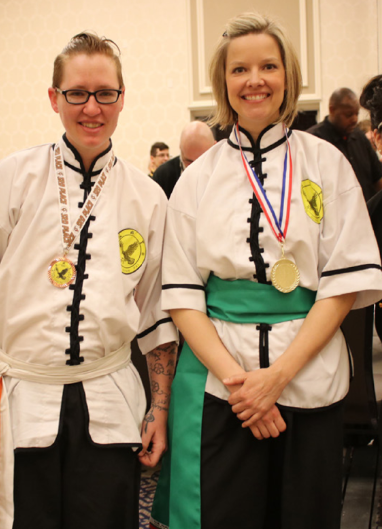
Nothing Short of Amazing
The US Kuo Shu Academy is an amazing, traditional martial arts school with stellar instructors and an incredibly well-developed curriculum. My experience there - both at Owings Mills and in Marriottsville - has been nothing short of amazing. The Tai Chi program provides an incredibly layered experience that combines both the meditative/health aspects of Tai Chi, along with the martial aspects of the form. They truly care about their students, and provide expertise and support in an environment that is both caring and rigorous. Whether your interest in Tai Chi or Kung Fu, meditation or martial practice, this is the place to be.
Margaret Boas
Professor at Anne Arundel Community College
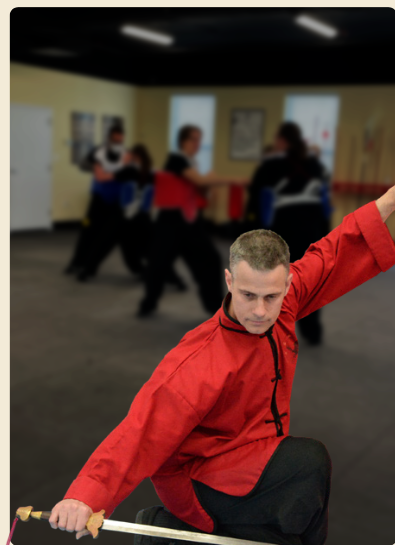
I’ve gained a sense of self-confidence I had never realized
My association with this system began 7 years ago. My only goal at the time was to have a form of exercise in my life that didn't bore me. I was very overweight and was in desperate needs of getting in shape. In addition to helping me lose over 100 lbs, I've gained a sense of self-confidence I had never realized was missing from my life. I've made friendships that will last the rest of my life. I've been mentored by some amazing people, and I've had the great honor to mentor some amazing people.
Jeramy Hansen
Scientist at Johns Hopkins University Applied Physics Laboratory
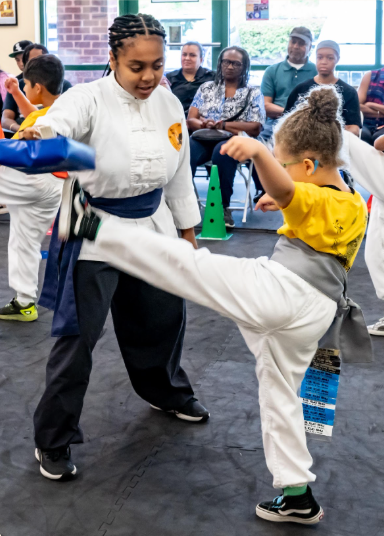
I’ve gained a sense of self-confidence I had never realized
My association with this system began 7 years ago. My only goal at the time was to have a form of exercise in my life that didn't bore me. I was very overweight and was in desperate needs of getting in shape. In addition to helping me lose over 100 lbs, I've gained a sense of self-confidence I had never realized was missing from my life. I've made friendships that will last the rest of my life. I've been mentored by some amazing people, and I've had the great honor to mentor some amazing people. Joining US Kuo Shu Academy was one of the best decisions I've ever made.
Jeramy Hansen
Scientist at Johns Hopkins University Applied Physics Laboratory
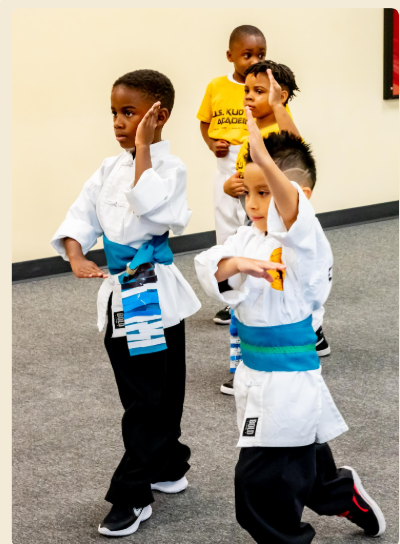
Nothing Short of Amazing
The US Kuo Shu Academy is an amazing, traditional martial arts school with stellar instructors and an incredibly well-developed curriculum. My experience there - both at Owings Mills and in Marriottsville - has been nothing short of amazing. The Tai Chi program provides an incredibly layered experience that combines both the meditative/health aspects of Tai Chi, along with the martial aspects of the form. They truly care about their students, and provide expertise and support in an environment that is both caring and rigorous. Whether your interest in Tai Chi or Kung Fu, meditation or martial practice, this is the place to be.
Margaret Boas
Professor at Anne Arundel Community College
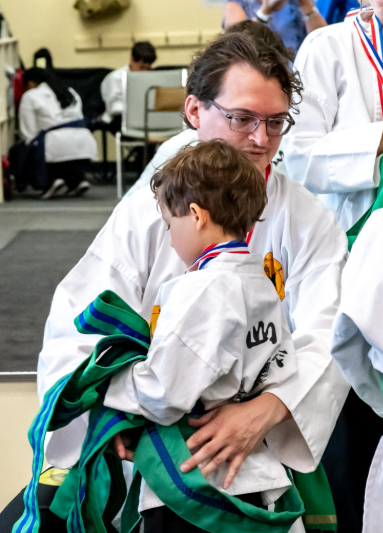
I am learning how to be a Better Person
I am proud to study at US Kuo Shu Academy for Three Main Reasons. The instructors provide superior quality teaching and have in-depth knowledge of martial arts principles The genuine passion for teaching authentic martial arts, The sincere attitude that permeates every class that I am not just learning how to be a better martial artist, I am learning how to be a better person.
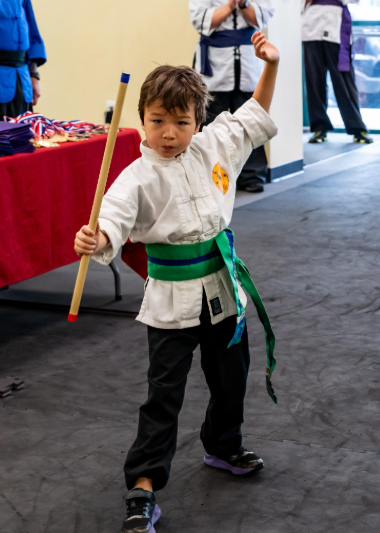
USKSA is not just a Chinese martial arts school, it’s a lifestyle
How lucky it was, that we stopped by USKSA. Instantly it becomes an irreplaceable part of life. And not just for my daughter, mine as well, since I became a student too. USKSA is not just a Chinese martial arts school, it is a lifestyle. It is a family. The school changed my life I can proudly say: I am a better person now, stronger (mentally and physically), even happier than I've been before I joined the USKSA. There is not enough good words to say. Thank you.
Alex Reznikov
Engineer at Alleviation Institute, LLC
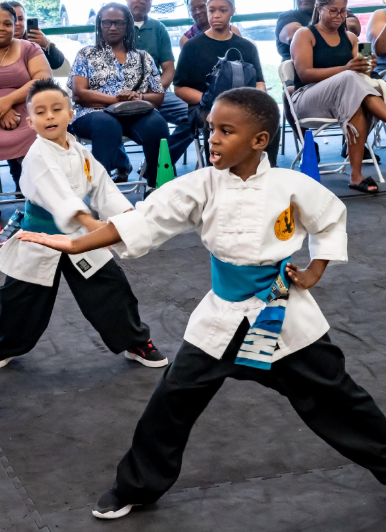
The School has Transformed my Life
The school has transformed my life and made me a better man body and soul. It's really special to witness the transformation of the the youth at the school as well. The staff at the school really care about the students and each other. This is all so vital to our youth for they are the future of things to come.
Bruce Seward
Logistics Specialist
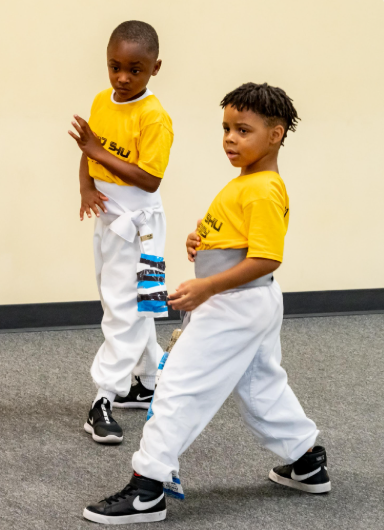
One of the Finest Chinese Martial Arts Schools in the Country
Some of the best competitors and teachers that I've ever met come from this fine school. It has a tradition of excellence in all they do. Grandmaster Huang, Chien-Liang and the US Kuo Shu Academy build champions with integrity.
Nelson Ferriera
Master Instructor for Zhong Yi Kung Fu Association
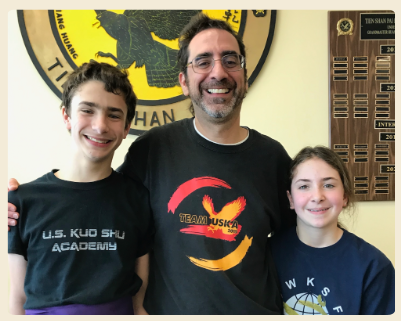
The Best School of Martial Arts
My children have been students for more than 4 years now and they love this school of martial arts. US Kuo Shu Academy is their second home, learning not just Kung Fu but also developing one’s character as a good, responsible, respectful and disciplined citizen. Thank you very much Grandmaster Huang. Master Michael Hung and all the teachers and students for making this place the best school of martial arts.
Irvin Lee
Parent of two at USKSA
Martial Arts for Children & Adults
SIGN UP FOR FREE LESSON
No Experience Necessary